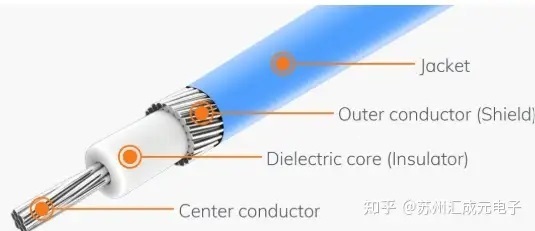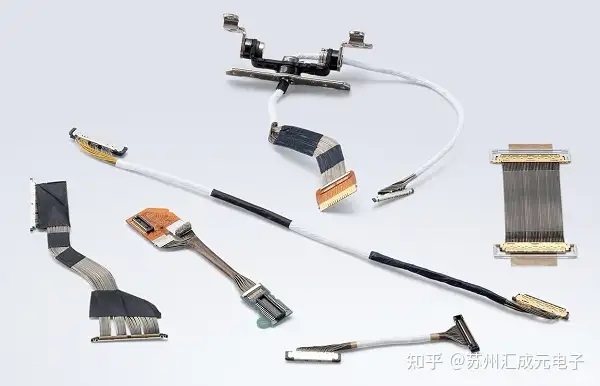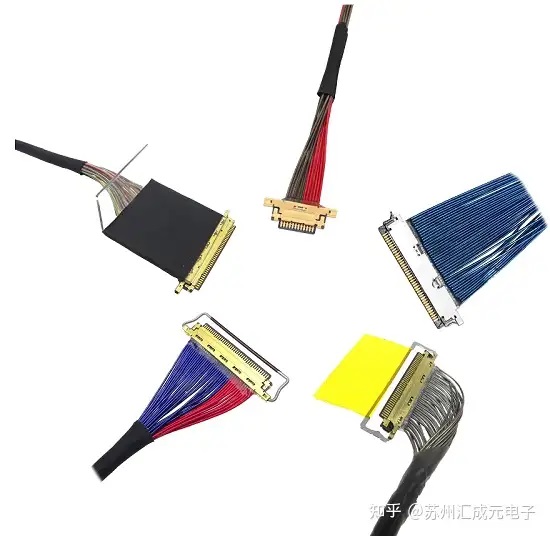Categorization:Harness Component
In the field of high-speed signal transmission, USB3.0 has become a common interface standard, with a transmission rate of up to 5Gbps. Such high data rates place extremely high requirements on the transmission medium, including signal integrity, anti-interference performance, and impedance control, etc. Many people may wonder whether extremely thin coaxial cables (micro coaxial cable) can meet the high-speed transmission requirements of USB3.0.
I. Characteristics of ultra-fine coaxial cables
The extremely thin coaxial structure is compact, consisting of an inner conductor, insulating layer, shielding layer, and outer sheath. Compared to traditional FPC or ordinary ribbon cables, it has superior electromagnetic shielding capabilities and stable impedance control performance. These features make it outstanding in high-speed differential signal transmission, especially in limited spaces, where it can meet the requirements of both small size and high performance, suitable for thin and high-density electronic devices.
Part Two: Requirements for USB3.0 cables
The data channel of USB3.0 adopts differential transmission mode, which is very sensitive to the consistency and shielding effect between pairs of wires. If the impedance deviation of the cables is too large, it may cause signal reflection and eye diagram closure, thereby reducing the transmission speed or increasing the error rate. Therefore, cables used for USB3.0 must have strict impedance control and low signal loss characteristics to ensure the stability of high-speed data transmission.

The feasibility of the application of extremely fine coaxial lines
In high-end products such as industrial cameras, medical imaging equipment, and VR headsets, there are already cases where extremely thin coaxial cables have been used to implement USB 3.0 and even USB 3.1 interfaces. Extremely thin coaxial cables can maintain signal integrity while ensuring lightweight and flexible bending. Particularly in designs with limited internal space, micro coaxial cables have more advantages compared to traditional cables, providing a reliable solution for the layout of high-speed interfaces.
Four, Challenges and Precautions
Although ultra-fine coaxial cables can be applied to USB3.0 high-speed transmission, in actual design, attention must be paid to connector matching technology, shielding layer integrity, and welding accuracy. If the process control is not in place, even ultra-fine coaxial cables with excellent performance are difficult to achieve the expected effect. Therefore, maintaining strict standards in the design and production stages is the key to ensuring signal stability.
In summary, the extremely fine coaxial cable is fully equipped with the conditions for high-speed signal transmission for USB3.0, but the premise is that the design, technology, and matching connectors must be strictly matched. With the intensification of the trend of equipment miniaturization and high-speed, the application of micro coaxial cable in USB3.0 and higher standard interfaces will become more and more widespread, providing a reliable guarantee for high-speed data transmission.
I amSuzhou HuichengyuanLong-term focus on the design and customization of high-speed signal cable harnesses and ultra-fine coaxial cable harnesses, committed to providing stable and reliable high-speed interconnection solutions. If you have any related needs or want to learn more, please feel free to contact:Manager Yin 18913280527 (WeChat same number)。